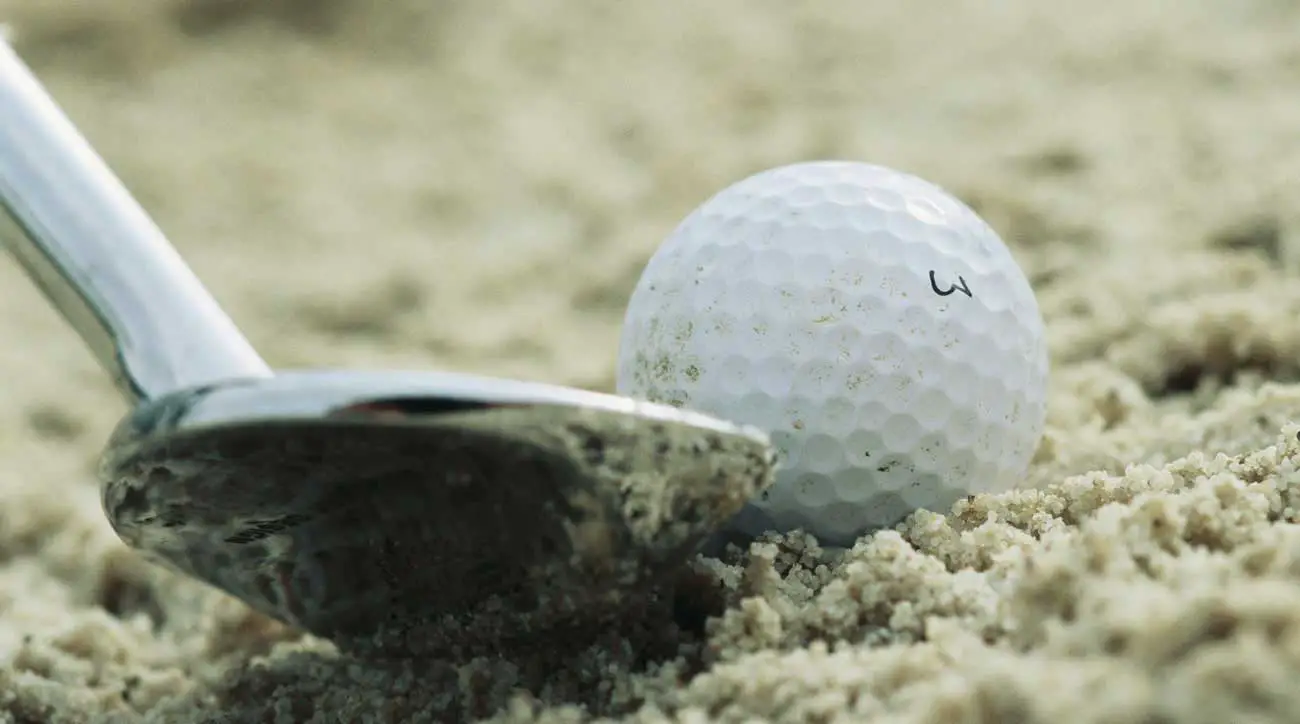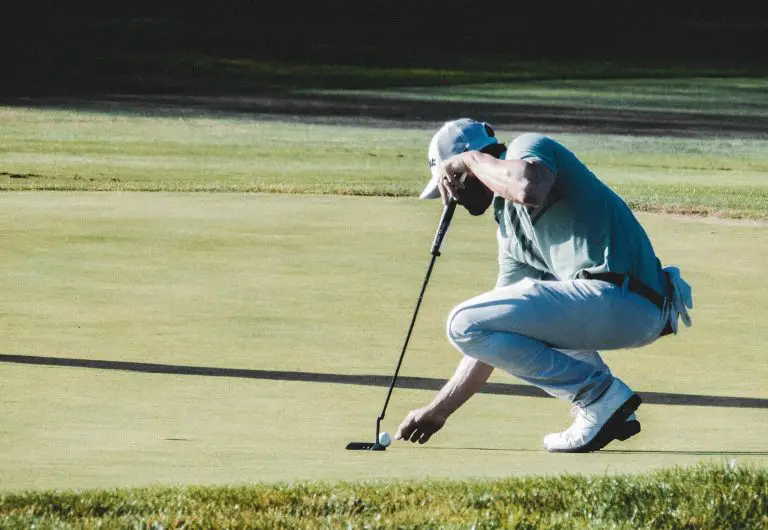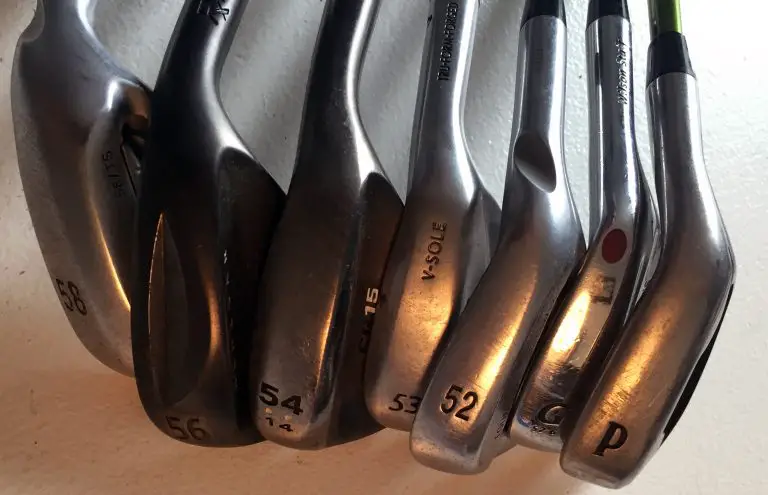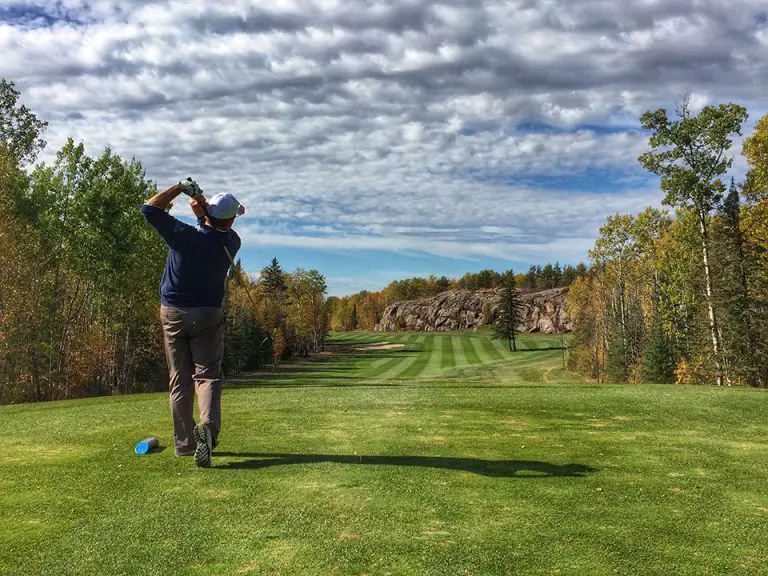What Is A 60 Degree Wedge Used For

In the world of golf, precision and finesse are essential for achieving success on the course. While every club in a golfer’s bag has its purpose, wedges hold a special place when it comes to mastering the short game. Among the different wedges available, the 60 degree wedge stands out for its unique capabilities and versatility.
The 60 degree wedge, also known as a lob wedge, is a club designed to excel in shots requiring a high loft and pinpoint accuracy. Its loft angle, one of the highest among wedges, allows golfers to launch the ball high into the air with a steep descent, making it an indispensable tool for delicate shots around the greens.
Whether you need to execute a high, soft flop shot, escape from a greenside bunker with precision, or execute precise chip and pitch shots, the 60 degree wedge provides the loft and control required for these challenging situations. It offers golfers the ability to stop the ball quickly upon impact, giving them greater control over their short game and the opportunity to save crucial strokes.
In this article, we will delve into the uses, techniques, and advantages of the 60 degree wedge, exploring how it can elevate your performance and improve your overall golfing skills. Discover the artistry and effectiveness of this powerful club as we unlock its secrets to enhance your short game prowess.

Understanding the 60 Degree Wedge
Before we dive into the specific uses of a 60 degree wedge, let’s take a moment to understand its key attributes and design.
Loft Angle of a 60 Degree Wedge
The loft angle of a wedge determines the trajectory and distance of the shots it produces. A 60 degree wedge has one of the highest loft angles among wedges, allowing for maximum height and steep descent. This loft angle is ideal for shots that require a high, soft landing with minimal roll after impact. It provides excellent loft and control, making it suitable for a wide range of shots around the greens.
Design and Construction of a 60 Degree Wedge
The design and construction of a 60 degree wedge contribute to its performance and versatility. The clubhead of a wedge is typically made of stainless steel or other durable materials. It features a specially designed sole and bounce angle to enhance playability from various lies and turf conditions. The 60 degree wedge is often designed with a slightly larger clubhead and a wider sole to help golfers easily glide through the grass and sand, ensuring clean contact and improved consistency.
Clubhead and Groove Technology
The clubhead of a 60 degree wedge is equipped with precision-engineered grooves on the clubface. These grooves serve a crucial role in generating spin and controlling the flight of the ball. The grooves on a 60 degree wedge are usually more closely spaced and have a higher volume compared to lower lofted wedges. This design helps to increase the friction between the ball and the clubface, allowing for greater spin and stopping power on short shots.
Versatility and Utility of the 60 Degree Wedge
The 60 degree wedge offers golfers a wide array of shot options around the greens. Let’s explore some of its primary uses and how it can elevate your short game.
High Loft for Short Shots
When faced with a short shot that requires a high trajectory and a soft landing, the 60 degree wedge is your go-to club. Its loft angle allows you to get the ball up quickly and stop it near the target. Whether it’s a delicate chip over a bunker or a precise pitch shot to a tight pin, the 60 degree wedge provides the loft necessary for controlled and accurate shots.
Ideal for Bunker Shots
Bunker shots can be intimidating, but with the 60 degree wedge, you can approach them with confidence. The high loft of the club helps you clear the lip of the bunker while generating enough height and spin to stop the ball on the green. By opening the clubface and utilizing a shallow swing, you can splash the sand effectively and produce shots that land softly with minimal roll.
Effective Flop Shots
The flop shot is a challenging yet valuable shot in a golfer’s arsenal, often employed when faced with obstacles near the green. The 60 degree wedge’s loft and open clubface make it an excellent choice for executing flop shots. By opening the clubface even further and positioning the ball forward in your stance, you can loft the ball high into the air, allowing it to softly land and stop near the target.
Chipping and Pitching around the Green
Chipping and pitching are crucial skills for precision around the green, and the 60 degree wedge can be a game-changer. With its loft, you can easily clear obstacles and navigate tight spaces, providing greater control over the distance and trajectory of your shots. The club’s versatility allows you to adjust the swing length and speed to execute a variety of chip and pitch shots, whether it’s a low chip-and-run or a high, soft pitch shot.
Full Swing Approach Shots
While the 60 degree wedge is primarily associated with short shots, it can also be utilized for full swing approach shots from the fairway or rough. When faced with a distance that falls between your pitching wedge and your sand wedge, the 60 degree wedge can bridge the gap. It allows you to take a controlled, full swing while maintaining the loft necessary to stop the ball on the green.
Techniques and Shot Types with a 60 Degree Wedge
To maximize the effectiveness of a 60 degree wedge, it’s essential to understand the specific techniques and shot types associated with this club. Let’s explore some common shots and the corresponding techniques for optimal execution.
Lob Shot
The lob shot is a high, soft shot that is typically employed when you need to clear an obstacle near the green and stop the ball quickly. Here are some key considerations for executing a successful lob shot with a 60 degree wedge:
- Set-Up and Stance: Open your stance slightly and position the ball slightly forward in your stance to promote a clean contact and generate maximum loft.
- Swing Technique: Take a controlled swing with a smooth acceleration through the ball, allowing the loft of the club to lift the ball high into the air.
- Controlling Distance and Trajectory: Vary the length of your backswing and the speed of your swing to adjust the distance and trajectory of the shot. Practice and experimentation will help you develop a feel for different distances.
Bunker Shot
When confronted with a greenside bunker shot, the 60 degree wedge can be a reliable tool. Here’s how you can approach a bunker shot with your lob wedge:
- Positioning in the Sand: Set up with an open stance and position the ball slightly forward in your stance. Dig your feet into the sand for stability.
- Correct Swing Technique: Maintain an open clubface throughout the swing and aim to strike the sand a few inches behind the ball. Allow the club’s loft to lift the ball out of the bunker.
- Adjusting for Different Bunker Conditions: Take into account the type of sand and its depth to adjust the amount of sand you need to displace. Practice in various bunker conditions to develop a feel for different shots.
Flop Shot
The flop shot is a valuable technique for clearing obstacles and landing the ball softly near the target. Here’s how you can execute a flop shot effectively with your 60 degree wedge:
- Open Stance and Clubface: Set up with an open stance and open the clubface significantly to increase the loft of the club.
- Swing Path and Follow-Through: Take a shallow swing path and focus on brushing the clubhead along the ground with minimal divot. Maintain a relaxed grip and allow the clubhead to slide under the ball for maximum loft.
- Practice and Execution Tips: Develop a sense of touch and feel by practicing flop shots from various lies and distances. Experiment with different swing lengths and speeds to control the height and distance of the shot.
Chipping and Pitching
Chipping and pitching with a 60 degree wedge require precision and control. Consider the following tips for successful chipping and pitching around the green:
- Club Selection and Set-Up: Assess the situation and choose the appropriate club for the desired trajectory and distance. Set up with a slightly open stance and position the ball slightly back in your stance for a more descending blow.
- Proper Technique and Execution: Use a shorter backswing and accelerate through the ball to generate spin and control. Keep your hands ahead of the clubhead at impact for a crisp and clean strike.
- Controlling Spin and Roll: Experiment with different ball positions and swing lengths to control the amount of spin and roll. Practice various chipping and pitching scenarios to develop a repertoire of shots for different situations.
Advantages and Considerations of Using a 60 Degree Wedge
The 60 degree wedge offers several advantages that can elevate your short game. However, there are also some factors to consider when incorporating it into your golf bag. Let’s explore the advantages and considerations associated with using a 60 degree wedge.
Enhanced Shot Variety and Precision
The primary advantage of a 60 degree wedge is the expanded shot variety it offers. With its high loft, you can execute a wide range of shots with precision and control. The ability to hit high, soft shots that stop quickly can help you navigate challenging greenside situations and save strokes.
Suitable for Different Skill Levels
While the 60 degree wedge is often associated with skilled players, it can benefit golfers of all levels. Beginners and high handicappers can utilize the club to improve their short game and develop confidence around the greens. Skilled players can take advantage of its versatility to execute advanced shots and finesse their approaches.
Factors to Consider in Club Selection
When deciding to add a 60 degree wedge to your bag, several factors come into play. Consider the following aspects to make an informed club selection:
- Swing Speed and Strength: The 60 degree wedge requires a certain level of swing speed and strength to maximize its performance. If your swing speed is slower or you struggle with distance control, it might be worth considering a lower lofted wedge for more versatility.
- Course Conditions and Shot Preferences: Assess the typical course conditions you encounter and your preferred shot types. If you frequently face soft greens or need to navigate tight pin positions, the 60 degree wedge can be a valuable addition.
- Personal Skill and Comfort Level: Evaluate your skill level and comfort with different shot types. Experimenting and practicing with the 60 degree wedge will help you determine if it suits your game and shot-making abilities.
Common Mistakes to Avoid with a 60 Degree Wedge
While the 60 degree wedge can be a powerful tool, it’s essential to be aware of common mistakes that can hinder your performance. Avoiding these mistakes will help you make the most of this versatile club. Here are some pitfalls to watch out for:
Overswinging and Lack of Control
One common mistake when using a 60 degree wedge is overswinging. Trying to generate maximum power and distance can lead to a lack of control and inconsistent results. Focus on a smooth and controlled swing, prioritizing accuracy and touch over raw power.
Improper Ball Positioning
Ball positioning plays a crucial role in shot execution. Placing the ball too far forward or too far back in your stance can affect the loft and contact of the shot. Experiment with different ball positions and observe the impact on your ball flight and distance control.
Neglecting the Importance of Practice
To truly harness the potential of a 60 degree wedge, regular practice is essential. Familiarize yourself with the club’s characteristics, experiment with different shots, and develop a feel for the distances and trajectories it produces. Practice various lies, distances, and shot types to build confidence and proficiency.
Ignoring Course Conditions
Different course conditions, such as firm or soft greens, can significantly impact how the ball reacts with a 60 degree wedge. Pay attention to the firmness of the greens, the amount of spin required, and adjust your technique and shot selection accordingly. Adapting to the course conditions will help you make more informed decisions and achieve better results.
Conclusion
The 60 degree wedge is a valuable asset for any golfer looking to elevate their short game. Its high loft, versatility, and ability to generate spin make it an indispensable tool for executing precise shots around the greens. By understanding its uses, practicing the associated techniques, and considering the factors involved, you can unlock the full potential of the 60 degree wedge and enhance your overall golf performance. Embrace the challenge, practice diligently, and enjoy the rewards of a well-executed short game.






